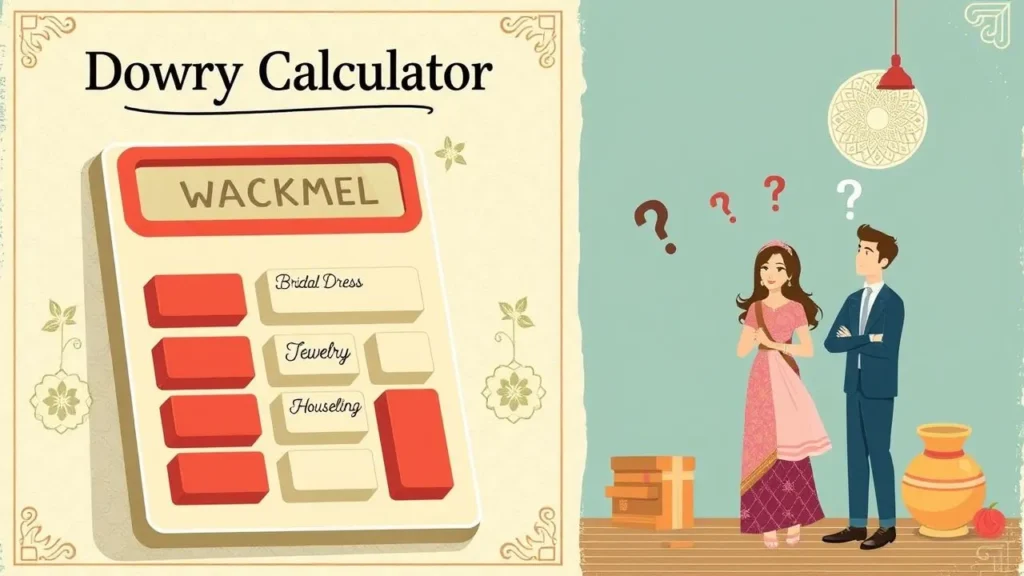Horse Coat Color Calculator
Accurate Punnett-square based predictions • All major genes
Includes Lethal White warning
Sire (Stallion)
Dam (Mare)
For entertainment & education. Percentages are mathematically exact. Always DNA-test for Frame/LWO before breeding two carriers!
The genetics of horse coat color is a very interesting topic that combines biology, heredity, and the beauty of horses. Whether you are a breeder, a horse owner, or simply an enthusiast, understanding how coat colors are inherited can help you predict the appearance of your foal.
Our interactive horse coat color calculator makes this tricky genetic puzzle easy. You simply enter the genetics of the sire and dam, and you will immediately receive a result of what color your foal is likely to be!
This tool will eliminate the guesswork for you and help you with color predictions. So, why not give it a try and see what your horse combinations will produce?
The Science Behind Horse Coat Colors
Several genes determine the color of a horse’s coat, but the most important are the Extension (E/e) and Agouti (A/a) genes. These genes combine to produce three basic colors:
- Chestnut (ee) – entire body reddish-brown, no black pigment.
- Bay (E_ with A_) – body reddish-brown, mane, tail, and legs black.
- Black (E_ with aa) – entire body black.
Other genes (such as cream, dun, gray) can affect these basic colors to create different shades, but our calculator focuses on basic genetics.
Simply put:
- If a horse’s genotype is ee, it will be chestnut.
- If E_ with A_, it will be bay (reddish-brown body + black points).
- If E_ with aa, it will be all black.
The rest of the colors are made by mixing these!
Key Genes That Determine Horse Coat Color
1. Extension Gene (E/e) – Black or Red?
- EE (Pure Black): Wheat is black in colour (pure black or other colours made from black pigment).
- Ee (Mix, but Black): Wheat is black but it also has a red gene (chestnut) hidden in it. Meaning, it will look black but if its partner also gives “e” gene, then the child can be red.
- ee (Pure Red – Chestnut): Wheat is not able to make black pigment at all, so its colour will be red (chestnut) or similar.
2. Agouti Gene (A/a) – Is it black on the whole body or only on points?
- AA (Pure Bay): Black pigment will be visible only on points (mane, tail, legs), not on the rest of the body. Hence, it is bay in colour (brown body, black mane/tail).
- Aa (Mix Bay): Horse will be bay, but it also has a non-bay gene. If the partner also gives the “a” gene, then the calf can be pure black.
- aa (No Bay – Pure Black): Black pigment spreads over the entire body, hence the horse will be solid black (if the E gene is also present).
Simple Example:
- Black Horse: Ee/Ee + aa/aa (black pigment on the entire body)
- Bay Horse: Ee/Ee + Aa/AA (black only on points)
- Chestnut Horse: ee/ee (no black pigment, only red shades)
This interactive calculator makes it easy to predict the color of a foal. Here’s how it works:
Step 1: Enter the genetics of the sire
- Choose the Extension gene (EE, Ee, ee)
- Choose the Agouti gene (AA, Aa, aa)
Step 2: Enter the genetics of the dam
- Choose from the same options as above for the dam.
Step 3: Click “Calculate Coat Probabilities”
The calculator will immediately show the results, with percentages of:
- Chestnut
- Bay
- Black
For example:
If the sire’s genetics are Ee/Aa and the dam’s are EE/aa, the probability of the foal’s color is:
- 25% Chestnut
- 25% Bay
- 50% Black
This way, you can easily predict what color your foal will be!
How to Use Our Horse Coat Color Calculator
Understanding the Results
Our calculator only gives you percentage chances, not guarantees. Think of it like this:
Chestnut (ee)
- This requires both parents to have the recessive “e” allele.
- If one parent is “EE”, the offspring will only be chestnut if the other parent is “e”.
Bay (E_ with A_)
- This requires at least one “E” (to get black pigment) and one “A” (to just have points).
- If the horse is “EE/AA”, its offspring will always be bay… unless the mate is “ee”.
Black (E_ with aa)
- This requires at least one “E” and both “a” alleles.
- If a black horse (EE/aa) breeds with another black horse (EE/aa), the offspring will always be black.
Breeding Strategies for Desired Colors
Breeding to get a Bay Foal
- At least one parent must have the A (Agouti) gene.
- Both parents must have the E (Extension) gene (either EE or Ee).
Breeding to get a Black Foal
- Both parents must pass the “a” (non-Agouti) gene (i.e. both have aa or Aa, but the foal gets “a”).
- At least one parent must be EE or Ee (so the foal gets “E” and is black).
Breeding to get a Chestnut Foal
- Both parents must pass the “e” (Red gene) (i.e. one is ee or both are Ee).
- If one parent is EE, the other must be Ee or ee, otherwise you will not get a Chestnut foal.
How to Avoid Surprises?
- Get genetic testing done before breeding to look for hidden genes (such as Ee, Aa).
- Understand how recessive genes work—a bay horse (Ee/Aa) can produce a chestnut or black foal, depending on its partner!
Common Misconceptions About Equine Coat Genetics
Myth 1: “Are the offspring of two black horses always black?”
No, this is not necessary! If the genetic combination of both parents is Ee/aa, then there is a 25% chance of producing a chestnut (red) foal.
Myth 2: “A single chestnut (red) foal can never produce a black foal?”
Wrong! If the genetic code of a chestnut horse is e, but the other parent is EE or Ee/aa, then the foal can be black.
Myth 3: “Is bay colour more dominant than black?”
This is a bit confusing. To be bay, A gene is required, whereas for black, Aa is necessary. Both genes (Extension and Agouti) work differently, hence dominance is not simple.
Along with Horse Coat Color Calculator, check other Free Asphalt Calculator, Free FPS Calculator from here.
If you want to add any other option in this Horse Coat Color Calculator then you can tell us through contact, we will definitely work on it and try to make the Horse Coat Color Calculator better for more users.
Frequently Asked Questions
These are the two main genes:
- Extension (E/e): This gene controls the black pigment, such as whether black color is being produced or not.
- Agouti (A/a): This decides where the black pigment will appear – whether it will be only at specific points (like ears, tail) or spread evenly throughout the body.
If both parents are “EE” (heterozygous), then there is a 25% chance that their foal will be chestnut (ee). Because only if both pass on their recessive “e” allele, a chestnut foal will be produced.
If a bay horse (which is AA, i.e. heterozygous Agouti) mates with a horse that contributes the “A” allele, the foal can get “AA”. And if this happens, the foal’s coat will become black.
Chestnut horses (EE) do not have the dominant ‘E’ gene, which is necessary for black pigmentation. But if the ‘E’ and ‘A’ genes are obtained from the other parent, a bay colored foal can still be produced.
Homozygous (EE or AA): The horse has both the same alleles (both dominant EE and both recessive AA). Meaning, if one parent is EE, it will pass ‘E’ every time. Same for AA – every child will get ‘A’.
Heterozygous (Ee or Aa): In this the horse has one dominant and one recessive allele (like Ee or Aa). So this means there is a 50-50 chance of the child getting dominant (E/A) or recessive (e/a).
This gives probability-based predictions for basic colors (chestnut, bay, black). But other genes (such as Grey, Cream, or Dun) can modify the final result. That is, if any of these genes is present, the final color may be slightly different.
Yes! A black horse can carry the “EE” gene, and a bay horse can have “AA.” Meaning, when they are bred, they can have offspring of unexpected colors! Genetic testing can reveal these hidden traits.
Some horse breeds (such as Friesians) are selectively bred for certain colors (black), which reduces their genetic diversity. Other breeds (such as Paints) have extra genes (Tobiano, Overo) that create unique patterns.
No, coat color is just a visible thing, it has nothing to do with health. But some genes that are linked with color (like the LWO gene in Overo white) can sometimes be connected to health risks.
Have the parent horses genetically tested before breeding.
- If you breed homozygous (EE/AA or EE/aa) horses, the results will be predictable.
- Understand the carriers of recessive genes, otherwise there won’t be any surprises later!”










